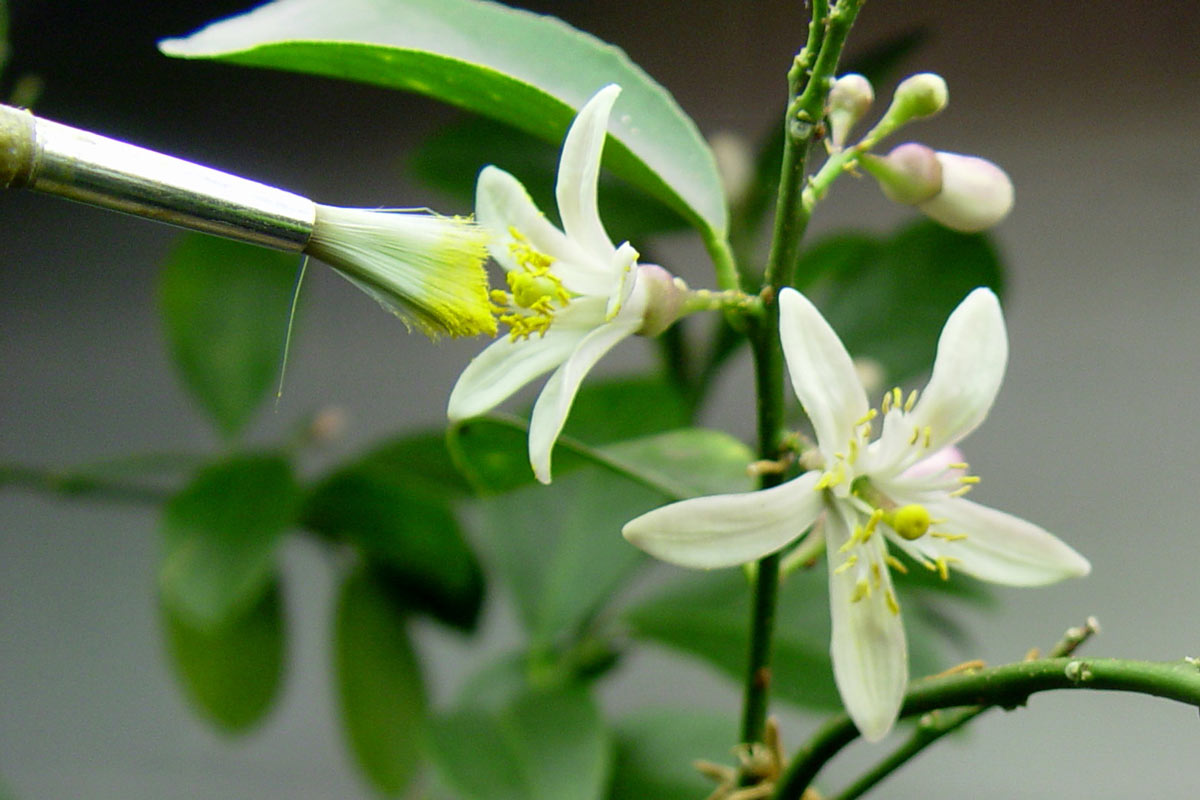Create New Plants from Fall Cuttings
Gather and collect seeds and cuttings from your plants now, so that you can grow new plants for spring.

Growing plants from seeds has increased greatly in popularity since the pandemic struck. Geshas / iStock / Getty Images Plus
Whether you shop from an old-school paper catalog, order online, or buy from a retail rack, you might want to secure your seed supply ASAP – especially if you want specific varieties.
Starting plants from seed makes good sense even in non-pandemic times. Seeds give you maximum choice, save money over ready-to-go transplants, and let you control the timing of garden-ready plants.

Hybrid varieties result when pollen is moved from one plant to another. George Weigel
One decision to make is whether you lean toward heirlooms, hybrids, or are OK with either. Most varieties in traditional catalogs are hybrids – the result of breeders transferring pollen from one parent plant to another. That produces “babies” that are arguably better than either parent in terms of bug or disease-resistance, yield, size, or some other desired trait. The process is usually done by hand, and you have to keep growing the same parents and making the same crosses each year to continue producing the next year’s hybrid seeds.
The main downside from a gardener’s point of view is that you can’t save this seed and have it grow true to form the following year. Heirlooms are loosely defined as varieties whose seed was saved and passed along for generations prior to the 1950s when hybrids caught on. These produce nearly identical plants year after year because they’re “open-pollinated,” which means their seeds come from a parent that was pollinated by bugs or wind.
Besides being savable, heirlooms encourage genetic diversity and keep alive varieties that aren’t owned by the increasingly few, larger commercial seed producers. The main downside is that although heirlooms often taste better than their hybrid counterparts, they typically run into more bug and disease troubles and yield less.
A more recent controversy is over genetically engineered (GE) plant varieties (sometimes called “genetically modified organisms” or “GMO”). This involves manipulating a plant’s genes to create something new that is unlikely or impossible in nature, such as plants with built-in bug-killing properties or plants that aren’t harmed by herbicides being sprayed on weeds around them. Not everyone thinks it’s a good idea to alter Mother Nature, and for now, GMO or GE seed is mainly used in farming.
Many home-garden seed companies have signed a “Safe Seed Pledge” that promises that they won’t sell any GMO/GE seeds. Look for that logo in catalogs and on seed packets if you want to avoid GMO/GE seeds.